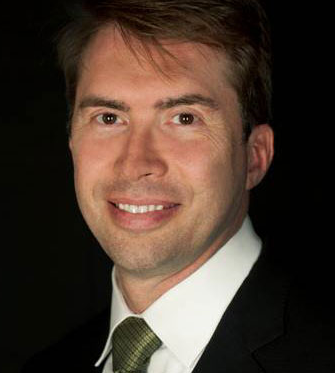In Disasters Such as Hurricanes, HIE Is 'As Critical as Having Roads, as Having Fire Hydrants'
The Statewide Health Information Network of New York (SHIN-NY) sees itself as a "public utility" as much as an HIE. In the wake of Hurricane Sandy, as patients bounce between hospitals (and as other public utilities, such as electricity and transportation, are compromised), it has enabled critical continuity of care. The images of dozens of red-flashing ambulances, evacuating as many as 200 patients – some of them in critical condition, some of them infants – from NYU Langone Medical Center, whose backup generator had failed, to hospitals such as Sloan-Kettering and NewYork-Presbyterian, will be some of the most enduring images from the super storm.
 David Whitlinger
David Whitlinger
The harrowing process was made much smoother by the fact that those patients' electronic health records were secure and readily accessible at the hospitals to which they were transported, thanks to New York's statewide HIE. Healthcare IT News spoke with David Whitlinger, executive director of New York eHealth Collaborative (NYeC), which oversees SHIN-NY, about what's happening in New York City, about the critical roles for health information exchange in crisis situations, and about his hopes that this can be a teachable moment for those care providers that have yet to link up with an HIE...
Q. What are some lasting lessons that can be drawn from this crisis?
At this stage, we really believe, and New York has made the investment such that we can really look forward to this: This health information exchange network really can and should be seen as a public utility, for the public good. And this is another example of how it can be as critical as having roads, as having fire hydrants, as having an electricity backbone. This has got the same value to a community. Both in the form of providing better transactions and a better form of care in non-emergency times, but also when the community gets stressed like this, during a natural disaster, it only elevates the importance and value of having this as a public utility. It's not a commercial enterprise, it's here for the public good, and this is an example...
- Tags:
- continuity of care
- continuity of medical care
- David Whitlinger
- disaster response
- electronic health records (EHRs)
- Emergency Preparedness and Response (EPR)
- evacuations
- Health Information Exchange (HIE)
- healthcare
- hospitals
- Hurricane Katrina
- Hurricane Sandy
- natural disasters
- New York eHealth Collaborative (NYeC)
- patient safety
- Statewide Health Information Network of New York (SHIN-NY)
- Login to post comments